One Way of Finding Customers: Pay People to Use Your Service

Ride-hailing company Lyft wants you to ditch your car — and hopefully give it up altogether. After rolling out a limited pilot project in Chicago last month, the company has launched a new initiative in 35 American and Canadian cities that compels drivers to leave their car untouched for 30 days.
Lyft hopes to find 2,000 people willing to take part in its “Ditch Your Car” challenge. In exchange, the company will provide credits for a slew of services under its corporate umbrella (ride hailing, bike sharing, but not scooter sharing… yet), as well as credits for transit. What’s stopping these drivers from secretly using their personal vehicles during the month-long experiment? Nothing.
Much like the famous Seinfeld episode about another type of contest, these participants will abide by the honor system. Despite not being profitable, Lyft claims it’s in a healthy enough financial position to try a wider-scale program.
“We’re finally in a point of stability where we can double down on these efforts,” Lyft co-founder and president John Zimmer told Bloomberg. “We need to provide a reliable service that is competing with the idea that your car is parked outside your house, which is extremely convenient.”
Ride-hailing alone can’t make up for a lack of personal vehicle, unless you’re willing to shell out heaps of money. To provide an alternative to vehicle ownership, Lyft, as well as other similar companies, would need to offer customers access to a lower tier of transportation. Lyft, as well as Uber, both own bike-sharing fleets. Both want to toss their hat into the electric scooter ring (“disrupting” traffic, literally and figuratively). Still, transit needs to form part of the picture, simply because it means lots of miles for few dollars.
Participants in the Ditch Your Car challenge will symbolically lock their car keys in a Lyft lockbox, then proceed to spend the next 30 days (starting October 8th) becoming a new, car-hating person. Lyft doesn’t come out and say it, but it obviously hopes the challenge moves more future business in its direction.
“There’s enthusiasm to try it,” Zimmer told The Verge. “By making it a movement, by making it an event, people are like, ‘Oh, let me try this experiment.’ Then they realize, ‘Wow, I get all this time back. I’m actually saving money. I’m more relaxed.’”
Yes, there’s plenty of cash to be saved when a ride-hailing company pays for your transportation. As shown in an earlier link, a recent study showed that replacing the same miles travelled in a personal vehicle with ride-hailing trips is a pricey proposition, though adding less comfortable (and convenient) options to the transportation mix brings the price down. Just how much cheaper depends on your choice of personal vehicle and payment plan, as well as your willingness to mingle with the plebs on buses and trains and use your leg muscles to propel yourself down the street. There’s no crumple zones and airbags on a bike.
Undoubtedly, some participants in well-served metro areas might feel compelled to try out a new style of living, but until it becomes too inconvenient and costly to own and drive a personal vehicle, people will continue paying for convenience.

More by Steph Willems
Latest Car Reviews
Read moreLatest Product Reviews
Read moreRecent Comments
- SCE to AUX Yes, I'll miss it, and it doesn't make sense to kill off your 3rd-best seller. 2023 was its best year since 2018.
- SCE to AUX This was the same car I had (05 xB, stick, "camouflage" color) for 7 years - great car.We called ours "The Lunchbox". I added aftermarket wheels, and the 3rd-party cruise control the dealers could install.It suffered only two failures: bad window switch in week 2 (dealer fixed in 1 hour), bad trailing O2 sensor (fixed myself for $70). Fuel economy was always 28-34 mpg.It was a potential death trap, and ride quality became unbearable after 2 hours. I once did a 10-hour round trip in it and could barely walk after.Traded it for a 2012 Leaf, which was a better car in some ways.
- Bd2 The "e" nomenclature signifies the e-ATPs which BMW is pursuing.
- Dave M. I'm sorry to see any storied name go away. The lifespan of the Malibu has fit perfectly in my lifetime years-wise. Some of the highlights include the first and second generations, the '78 revamp (very clean design), and the 2005 generation. Ford, GM and Mopar gave this segment away by allowing Toyota and Honda a foot in the door and then always having to play catch-up. How hard is it to make a truly competitive sedan at a profit? Obviously, Japan Inc. figured it out.I've driven a few rentals these past years; the Malibu got the job done but honestly the Passat and Altima were my rental preferences.
- Kcflyer actually yes. It's a shame that a product this uncompetitive can still outsell GM's entire EV offerings. Those products have had billions thrown at them. Imagine how nice the new Malibu, Impala, SS, and Lacrosse would be with that kind of commitment.


















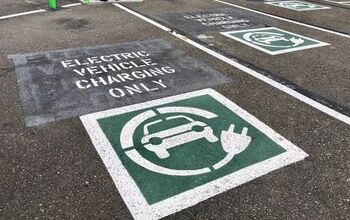
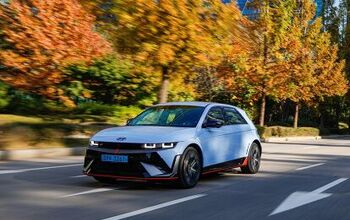
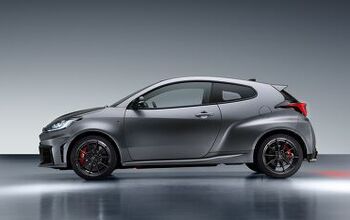
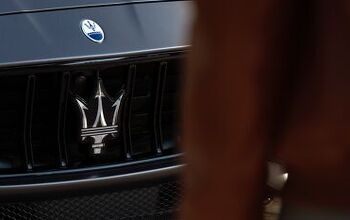
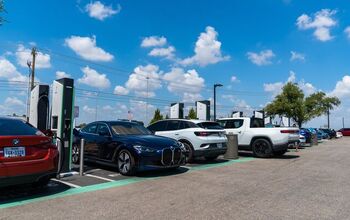

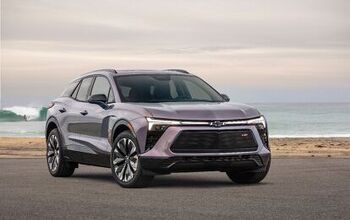
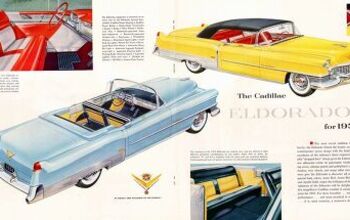
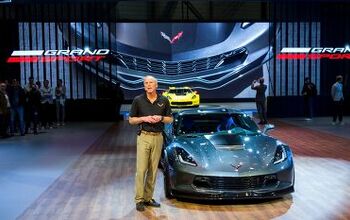
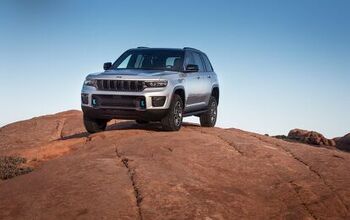

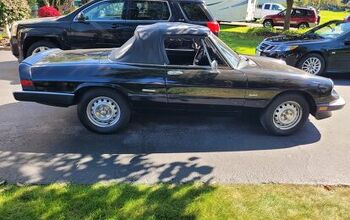


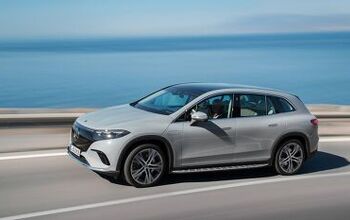

Comments
Join the conversation
The "flaw" with this model is that unlike Tesla and other electrics they are not using taxpayer money to subsidize this scheme.
DC is currently testing scooters. About in 1 every 3 people riding the things can barely do so without teetering on the brink of collapse.